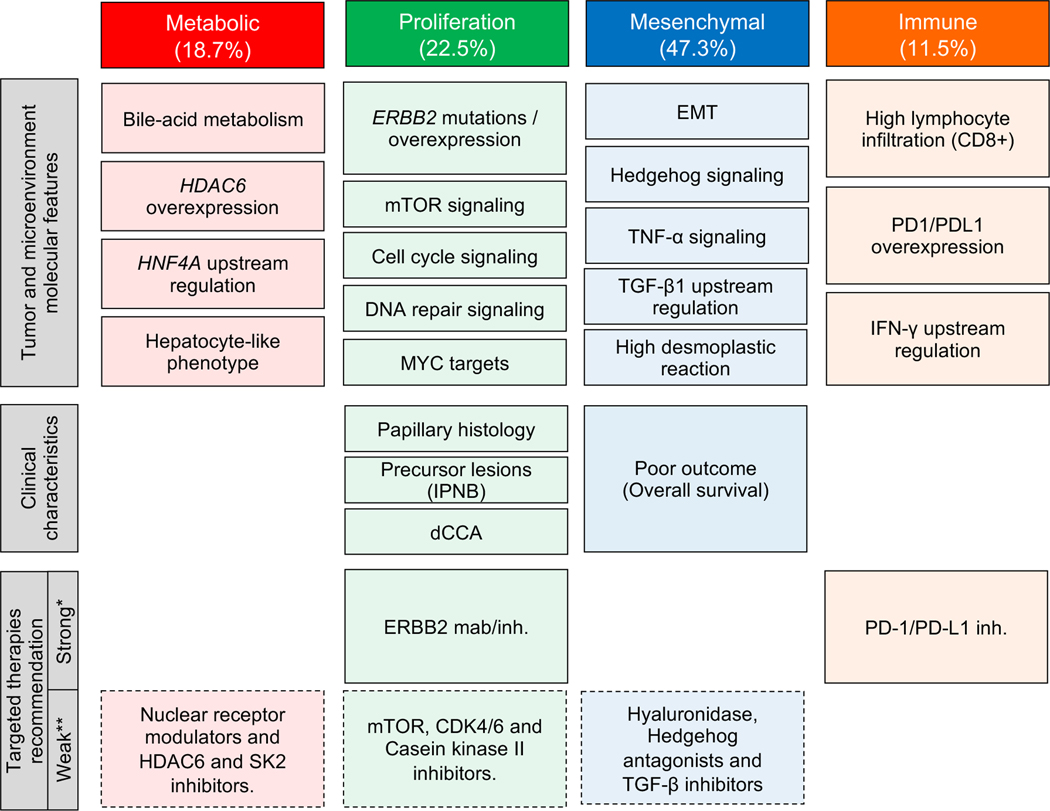Fig. 5. Summary of characteristics of eCCA molecular classes.
Schematic representation of the main tumor/microenvironment molecular features and clinical characteristics describing Metabolic, Proliferation, Mesenchymal and Immune classes. In the bottom of the figure, candidate targeted therapies with a potential benefit in each molecular class. *Recommendation of treatment based on molecular data at transcriptomic and protein level. Phase 2/3 clinical trials to investigate these findings should be conducted to confirm the efficacy of the proposed targeted therapies. **Suggested targeted therapies supported by molecular associations at transcriptomic level. Further functional preclinical studies should be conducted prior testing them in the setting of clinical trials. EMT: epithelial-to-mesenchymal transition; IPNB: intraductal papillary neoplasm of the bile duct.

